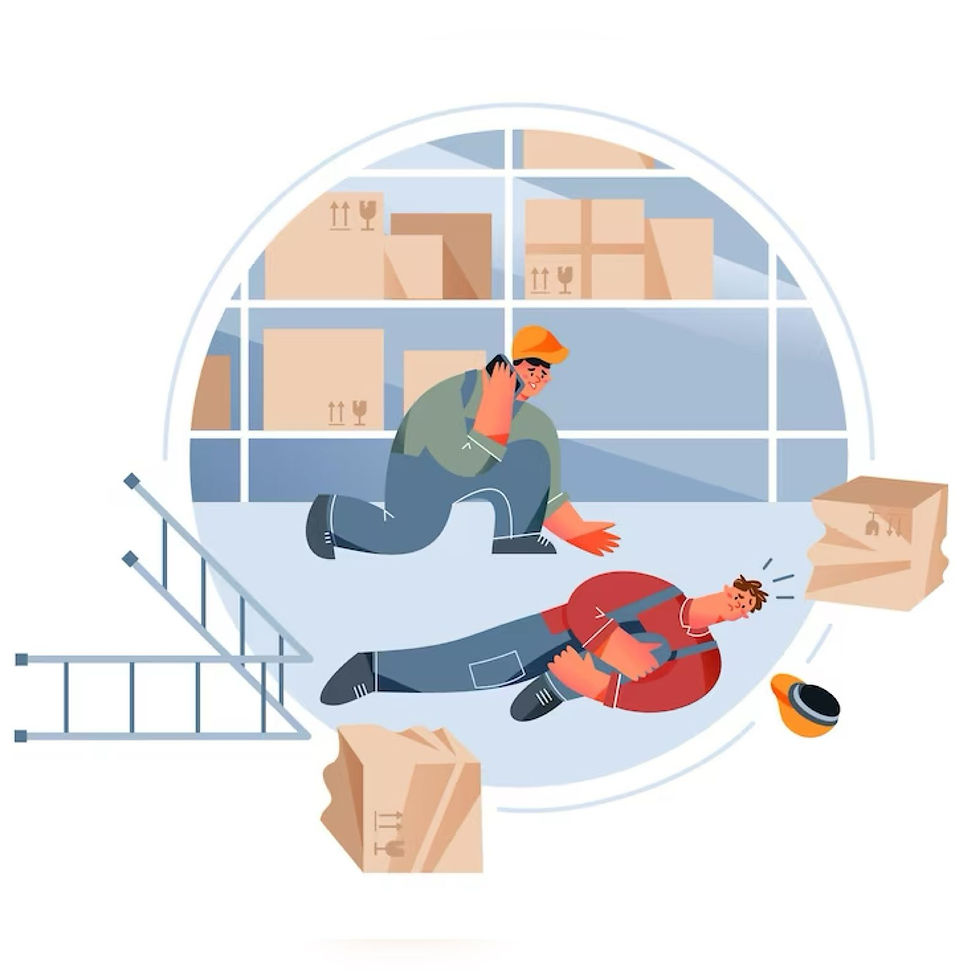The difference between a Proactive and Reactive workplace
- Fidan Huseynova
- Jun 13, 2023
- 2 min read

Employees should want to work in an environment that can be classified as proactive rather than reactive, as this means their employers are prioritizing their worker's health and safety rather than being forced to act when an accident occurs.
What is the difference between a proactive and reactive workplace? A proactive workplace is a workplace that strives to create policies and practices that keep their employees safe within the environment they’re working in, as well as giving them resources and training so the employees can know what to do in a dangerous situation and can protect themselves. A reactive workplace is a workplace that responds to dangerous situations or accidents after they occur as they are not taking the proper approaches to ensure their employee's health, and most of the time employers are not given many resources and are discouraged to speak out against the workplaces health and safety procedures.
So why do some workplaces fall under the category of being reactive? Most of the time these places are more focused on saving money and productivity levels, often at the cost of the employee's safety. This means that within this workplace there is more of a chance for workers to get inquired out sickly from their work, and in some extreme cases even death. For that workplace this means there’s an increased cost of compensating workers and there’s also less productivity due to staff having to take medical leave, doing the opposite of what their original goal was all because they weren’t willing to prioritize their employees' health.
For a company to ensure they’re a protective workplace they need to have a safety program that can be implemented and immediately help improve the quality of the worker's safety. This program needs to have many aspects; it needs to address parts of the job that could create a dangerous situation for the worker, set out what type of training management and employees need to take, have emergency plans set in place, and include safety assessments so the chomp may continuously find ways to improve their overall safety. Once a company has a safety program like this it can claim to be a proactive workplace.
If you, as an employee or manager, find that your workplace is or is falling towards being reactive you should take up your concerns with the administration. Within the European Union employees have the right to work in a workplace that assesses risks and takes the appropriate action to ensure the employee's safety. If your workplace ignores you, sweeps the issues under the rug or only partially tries to solve the issues you should most likely report the workplace to the health and safety department of the country you are working in. Although it may feel like you're being dramatic or taking it too far, you aren’t. You have the right to a safe workplace and it is not your fault if your job is not providing that.
Though it may seem like a simple way to describe a workplace, labeling them as either proactive or reactive can help an employee understand what type they are working in. This way they’ll be able to understand what type of workplace they deserve.




Comments